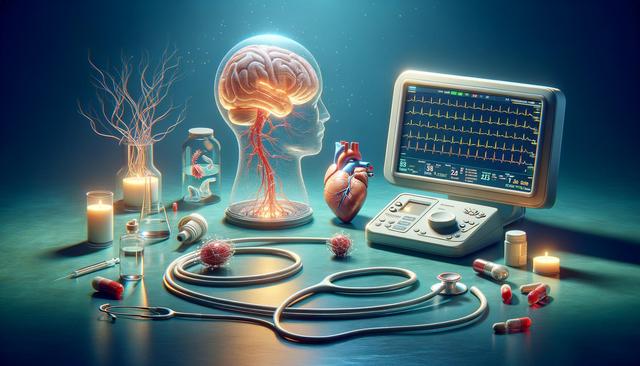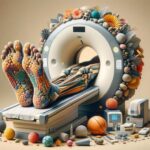Understanding the Impact of Stroke
A stroke can affect different areas of the brain, leading to a wide range of physical, cognitive, and emotional challenges. Depending on the severity and location of the stroke, individuals may experience difficulties with speech, mobility, memory, or coordination. The recovery process is highly individual, and therapy plans are often tailored to meet the specific needs of each person. Stroke therapy is aimed at helping survivors regain as much independence as possible in their daily lives. Early intervention is crucial, as it can significantly influence the extent of recovery and long-term outcomes.
Therapists typically begin by assessing the patient’s condition to determine areas requiring attention. This evaluation includes examining motor skills, cognitive function, emotional health, and communication abilities. Based on this information, a personalized rehabilitation plan is developed. The goal is not only to restore lost abilities but also to help individuals adapt to any lasting changes in function.
Physical Rehabilitation and Motor Skills
One of the primary areas of focus in stroke therapy is physical rehabilitation. After a stroke, many individuals experience weakness or paralysis, typically on one side of the body. Physical therapists work with patients to improve strength, balance, and coordination through guided exercises and mobility training. These activities are essential for improving the ability to perform daily tasks such as walking, dressing, or eating.
Common approaches in physical therapy include:
- Range-of-motion exercises to maintain joint flexibility
- Strength training to rebuild muscle control
- Balance exercises to reduce fall risk
- Gait training to restore walking ability
In some cases, assistive devices such as walkers, braces, or wheelchairs may be recommended to support mobility during recovery. Therapists also educate patients and caregivers on safe movement techniques to prevent injury.
Speech and Language Therapy
Strokes that affect the language centers of the brain can impair a person’s ability to speak, understand, read, or write. Speech-language therapy plays a pivotal role in helping individuals recover communication skills and manage swallowing difficulties, which are also common after a stroke.
Speech-language pathologists use a variety of strategies to address these challenges. Therapy may involve:
- Practicing articulation and pronunciation
- Using visual aids and gestures to support communication
- Engaging in cognitive-linguistic tasks such as memory and problem-solving activities
- Swallowing exercises to reduce the risk of aspiration
Family involvement is often encouraged, as practicing communication skills in a supportive environment can enhance progress. Continued engagement in therapy, even after initial improvements, supports long-term communication success.
Occupational Therapy for Daily Living
Occupational therapy helps individuals regain the ability to perform everyday activities that support independence and quality of life. After a stroke, tasks such as cooking, grooming, or using the bathroom may become challenging. Occupational therapists assess a person’s home and lifestyle to create strategies and adaptations that facilitate greater self-sufficiency.
Key components of occupational therapy include:
- Training in self-care and household tasks
- Adaptive equipment recommendations (e.g., grab bars, modified utensils)
- Fine motor skill exercises for hand and finger coordination
- Environmental modifications to improve safety
Occupational therapy not only focuses on physical ability but also addresses cognitive skills such as attention, memory, and planning. This holistic approach is vital for helping stroke survivors navigate their daily routines with more confidence and autonomy.
Emotional and Psychological Support
The emotional toll of a stroke can be significant. Feelings of frustration, sadness, and anxiety are common, particularly when progress is slow or when individuals struggle to adjust to new limitations. Addressing mental health is an essential component of stroke therapy, as emotional well-being directly affects motivation and engagement in rehabilitation.
Psychological support may include:
- Individual or group counseling sessions
- Stress management techniques such as mindfulness or relaxation exercises
- Support groups where survivors and caregivers can share experiences
- Medication management when appropriate
Involving family members in emotional support can also improve outcomes. Caregivers benefit from understanding the emotional changes their loved ones may experience and learning how to provide encouragement and empathy throughout the recovery process.
Conclusion: Building a Personalized Recovery Plan
Each stroke recovery journey is unique, and successful rehabilitation depends on a combination of therapies that address the individual’s specific challenges and goals. A comprehensive stroke therapy plan integrates physical, cognitive, and emotional support to help survivors regain independence and enhance their well-being. With the right interventions and a committed care team, many individuals can make meaningful progress over time. Whether recovery takes weeks, months, or longer, consistent effort and encouragement are key to moving forward on the path to rehabilitation.








